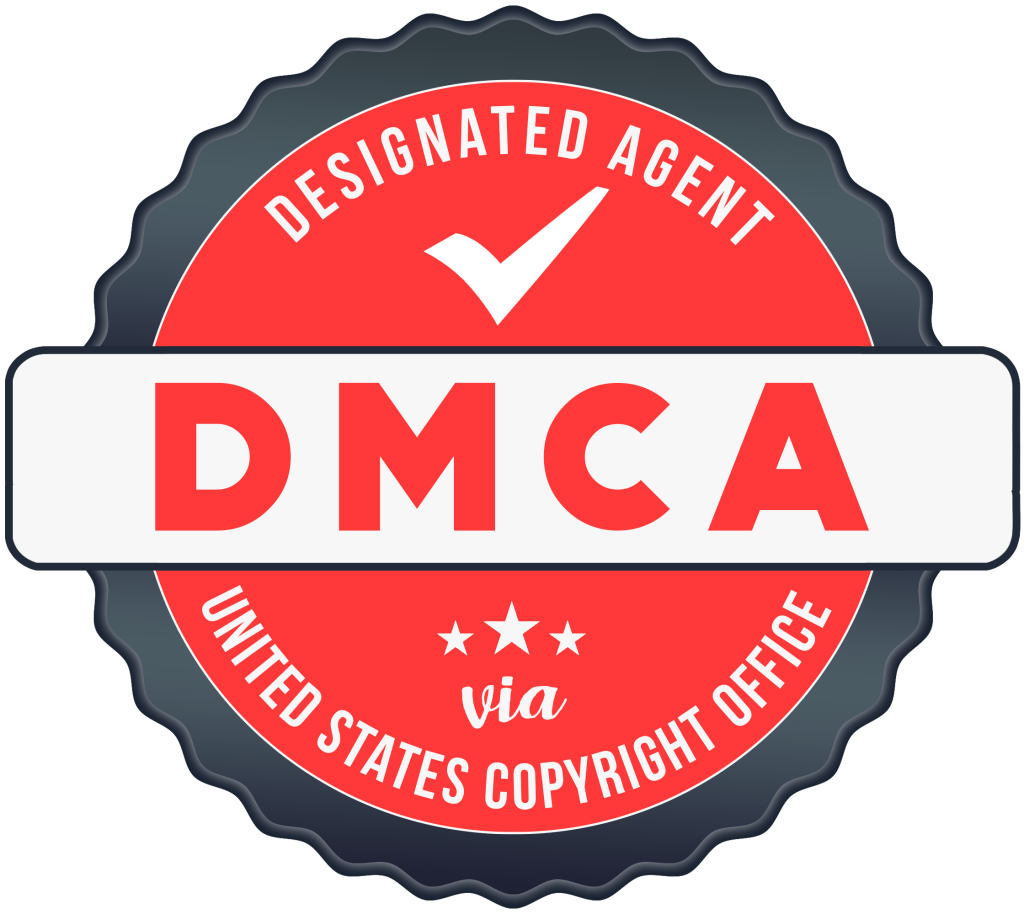Licensed Products
The concept of Licensed Products Brand has been around for a long time. Sportswear first began to receive a license in 1982 as fans clamoured to wear their team’s colours. The idea behind the licensing is to protect the rights of the manufacturer to prevent the trade of counterfeit goods.
But counterfeiters are smart and a scourge.
The sports apparel industry, for example, is worth over $64 billion but with prices starting very high, counterfeiters are bridging the gap. In 2015, US authorities seized $68,000 worth of counterfeit, from a flea market, all manufactured by 2 brothers. Since branding is now promoted on a wide variety of products, counterfeiters can steal logos and brands and churn out products that aren’t even sold by the licence holder themselves.
The OECD estimates that the global counterfeiting industry is worth approximately $2.1 trillion.
The proliferation of e-commerce and social media ads means that the marketplace has rapidly expanded and in a digital world, that’s so huge and unchecked, who’s policing the licensing? Whilst large shipments of counterfeit goods are easily intercepted, the OECD estimated that around 68% of counterfeit goods are sent in small, individual parcels, to online customers.
Licensed Products Brand global, reporting on the issue, quote Bill Patterson, vice president, corporate marketing, OpSec Security who states, “One of the biggest competitors to every successful licensed brand is typically not another licensed brand, but a counterfeiter.”
After spending so much money on licensing, are counterfeiters having the last laugh? Most counterfeiters come from China and Hong Kong or countries like India or Peru where the legal system is far more complex and tracking down rogue traders and shutting down IP addresses is much harder.
It’s not just business to consumer markets that are prey to counterfeiters. The BBC found, in 2016, that rogue traders had sold Doctor Who merchandise to retail stores! Superhero merchandise, school supplies, popular tv franchises and sports apparel are heavily targeted, leading to safety concerns when products are marketed for children and haven’t been assessed for safety and can be choking hazards, toxic or otherwise unsafe.
So what can companies do to protect their licensed goods from counterfeiting? There isn’t enough legal power or responsibility to tackle the online counterfeiting problem, and when companies realise how widespread and damaging the problem is, they can feel powerless.
That’s where we step in. We use a range of services to protect your licensed products, combining cutting edge technological solutions to simultaneously make your licensed products harder to counterfeit and track down rogue online traders and deal with the problem at the source. We educate customers to recognise counterfeit products, such as counterfeit sports apparel by inverting jumpers to check the stitching patterns on NFL licensed sweaters.
We all use all available legal recourse to protect your business, from shutting down and arresting counterfeiters in the US and Europe, blocking domains from other countries, shutting down online websites and tracking social media ads and feeds to track counterfeit products.
We help you to help your customers and protect your licences.


